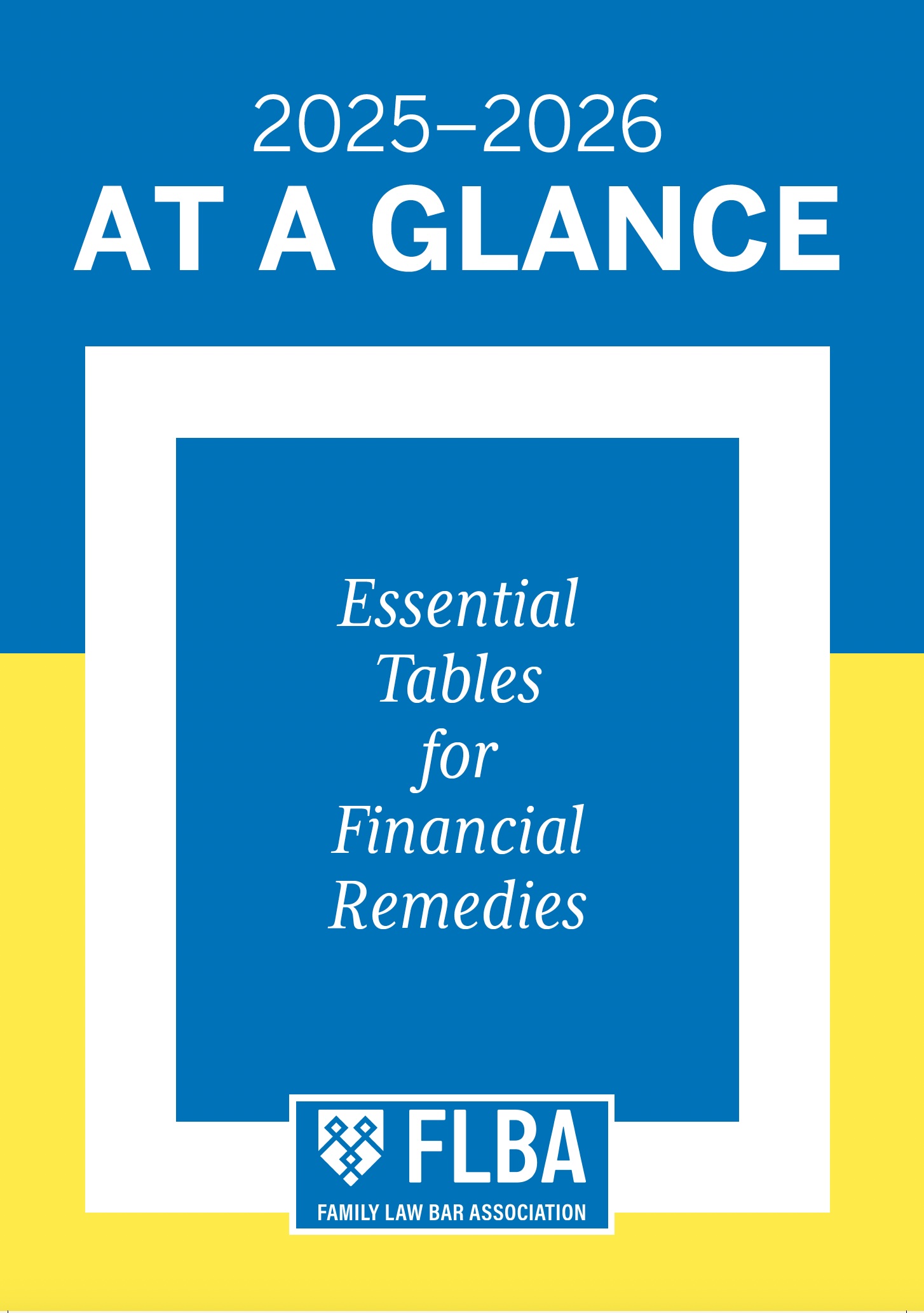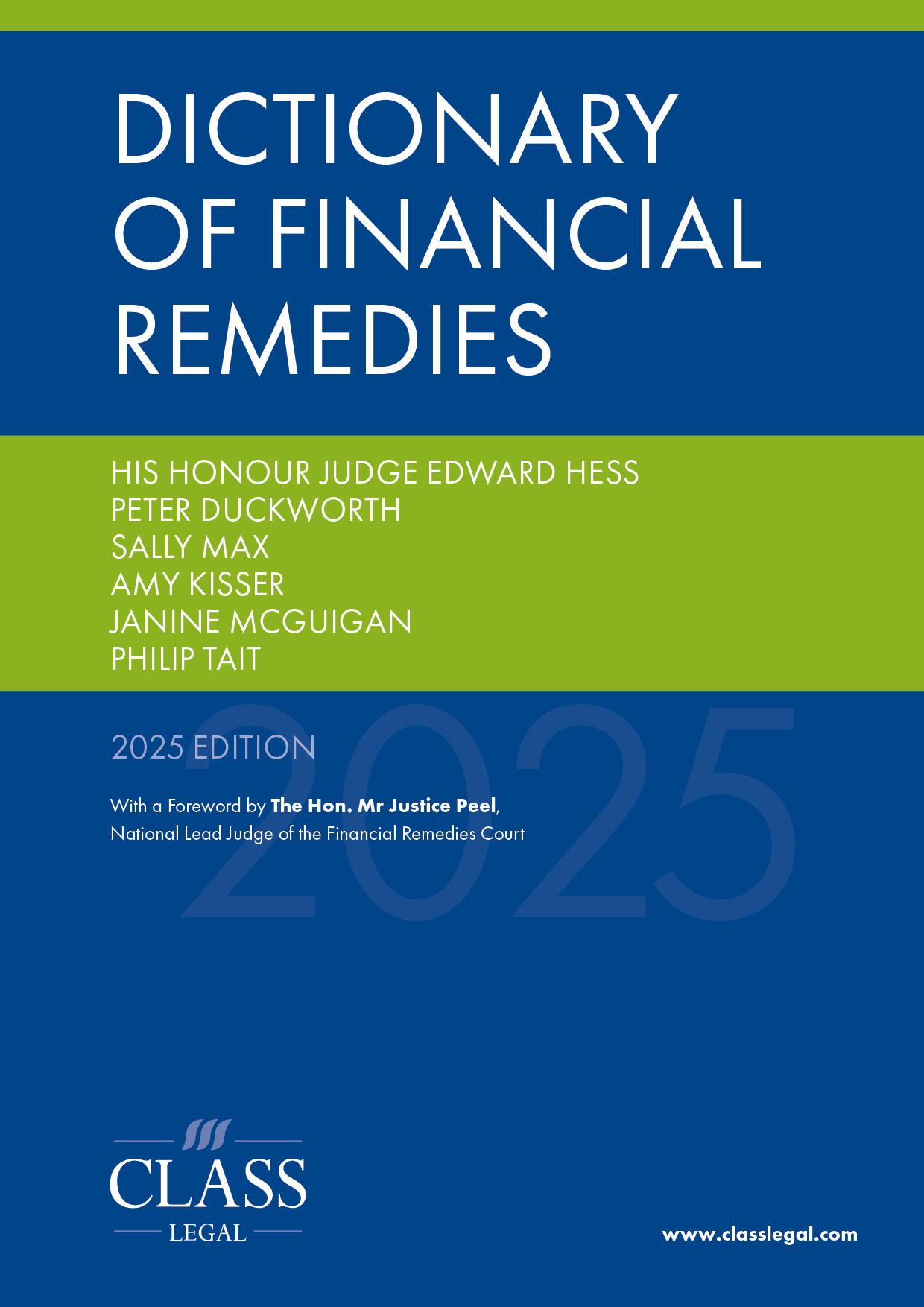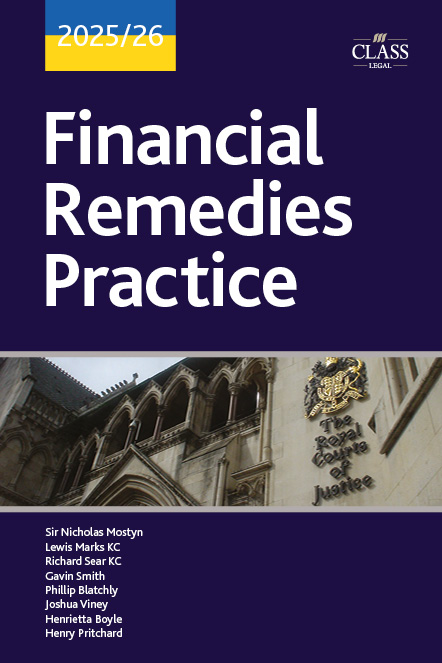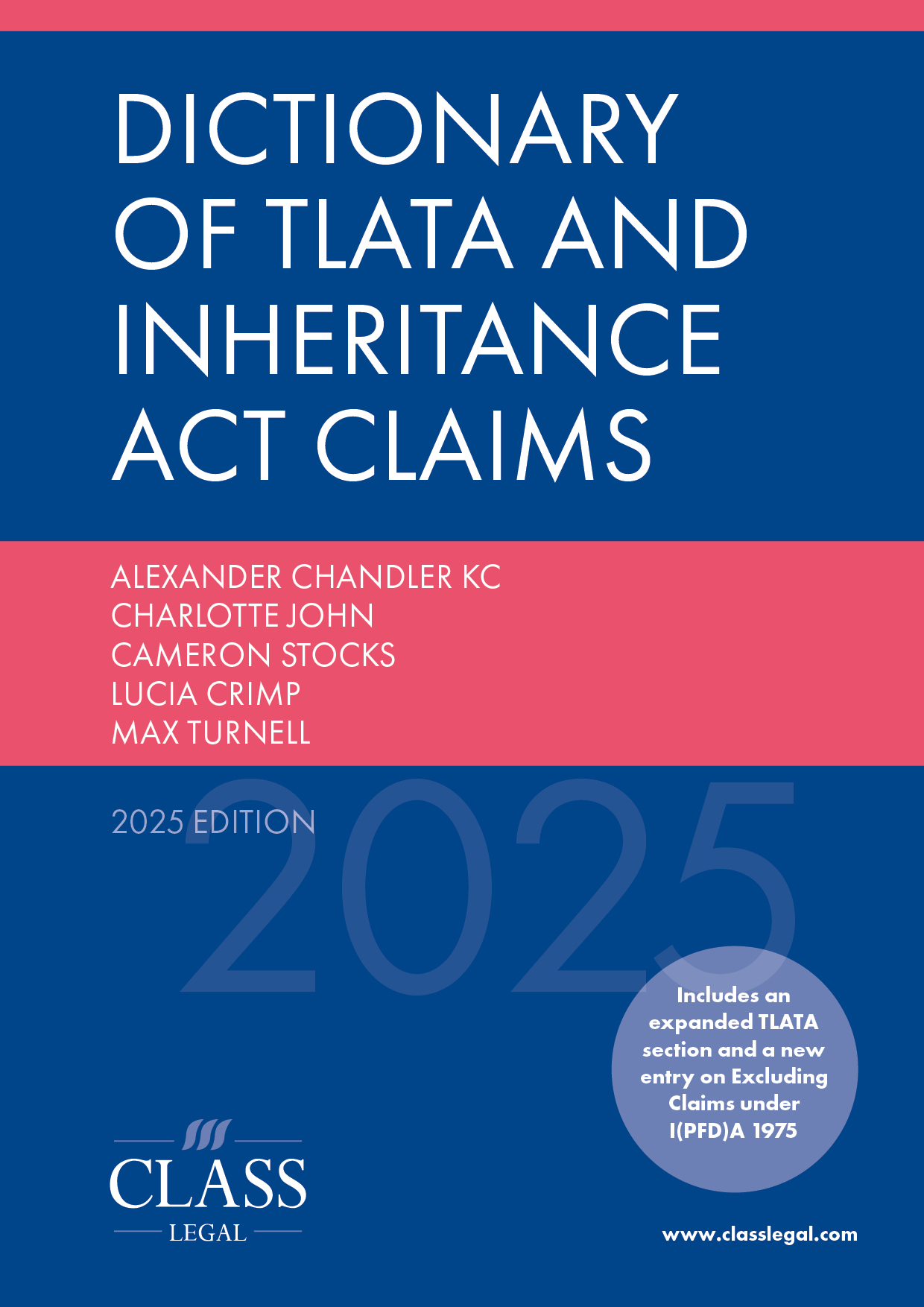
Let’s Be Clear: The Transparency Reporting Pilot for Financial Remedy Proceedings
Published: 28/03/2025 07:00

One of the most important considerations for anyone with significant wealth, or who has a public profile and who is getting divorced, is the subject of confidentiality and privacy. It is often a key factor of any such client who is considering where and how to get divorced, and it is something matrimonial solicitors have in mind in the first meeting they have with their client. Balanced against that is the push towards increasing transparency within our family justice system, the purpose of which being to promote accountability and public confidence in the same.
A very good illustration of how all of this works out in practice was recently witnessed by us first hand in the High Court in Vince v Vince [2024] EWFC 406. More specifically, whether the current transparency rules for financial remedy applications permit the dissemination of documents to non-attending journalists and the terms surrounding the same. Also considered is the issue of whether (and, if so, on what terms) accredited journalists can pass information between themselves. It was at this recent hearing that Mr Justice Cusworth was able to make rulings and give guidance on these subjects.
The President of the Family Division, Sir Andrew McFarlane, in his 2021 transparency report, commented that:
‘the present system in the family court whereby a journalist may attend any hearing but may not always report what they observe, is not sustainable. I have reached the conclusion that there needs to be a major shift in culture and process to increase the transparency in a number of respects.’
The Law Society has commented that:
‘transparency and open justice are important to help the public understand how the law works and how decisions are made.’
Usually, financial remedy proceedings in the Family Court take place in private. That is, the public cannot be present, pursuant to FPR 27.10(2), but accredited media representatives and legal bloggers may attend, owing to FPR 27.11 and FPR PD 27B. This was observed in the recent case of Vince v Vince [2024] EWFC 389, with various journalists from different organisations coming in and out of the courtroom throughout the trial. They sat, as usual, in the media bench at the side of the court, observing, first hand, the cross-examination of the husband and the wife and taking notes as they wished.
‘The Transparency Reporting Pilot for Financial Remedy Proceedings’ **was introduced in different parts of the country in January 2024, extended to the Royal Courts of Justice from 11 November 2024 and, from January 2025, will be rolled out nationwide. Within this pilot was an Annexe II Order, providing a template for final transparency orders, but what exactly the intention of the guidance and pilot is, has sparked debate.
It is assumed that if reporters attend, a transparency order will be made. The template order, which was drafted by a committee that has no statutory power, should not be accepted as a given. Each case is specific on its facts, and the transparency order will need to reflect that accordingly.
Representatives should also be alive to the fact that the issue of transparency may take some time to debate, which could consume valuable court time and could impact the time estimate for a case.
The guidance clearly focuses on a situation whereby a reporter physically attends court, receives documents relating to the case which they are witnessing and then reports upon it. What, then, for reporters who are unable to physically attend multiple hearings? There are, of course, over 120 courtrooms in the Royal Courts of Justice alone. Or what happens to those reporters who can attend but for just part of the hearing?
A balance of ECHR rights needs to be found. Namely, Article 6, right to a fair trial, Article 8, the right to a private and family life, and Article 10, freedom of expression.
Cusworth J in Vince v Vince [2024] EWFC 406 considered six main questions, which can be summarised as below:
1. Are any non-attending reporters to be limited in what they can access, i.e. should they be able to see the same documents seen by those attending, or only what those attenders choose to report from the documents?
No, this is not considered to be the underlying intention of the guidance nor that that would result in a fair balance of the competing rights and duties in play. There may be important facts arising out of the hearing, which would be in the public interest to be disseminated. It is not in the public interest to restrict the distribution of information in such a way.
2. What would be the consequences if other journalists were to be dependent upon the attendees for their knowledge and understanding of the parties’ respective cases?
This is likely to result in a double hearsay style of reporting, i.e. a reporter will be reporting not from a direct source of information but from other journalistic material. In principle, if a document is suitable for press consideration and comment, and already in the hands of one reporter or more, other accredited journalists should be permitted to see and comment on the same document, once served with the transparency order.
3. If an attending journalist decides to only report partially, are other reporters prevented from obtaining a balanced view by considering the documents at the attendees’ disposal?
No, the court should not be offering exclusive rights of original documents to attendees. Resources do not allow, and it is unrealistic to expect, every journalist wishing to report on a case to attend each hearing. Attending a couple of minutes of a hearing to get over this barrier is unlikely to result in that reporter being better informed to report on the case than one who did not attend at all but who does have the court documents.
4. Should parties be able to simply send their position statements out on demand at the request of interested reporters who do not propose to attend, ahead of any hearings in a case?
If a transparency order has been made, and the documents fall within that order, then it might be possible, if the parties’ representatives agree. There is a risk that something in a document might be objected to by the other party, however. Absent agreement from the parties, documents should only be released after conclusion of the hearing. Representatives should be alive to the fact that documents may need to be redacted before they can be shared if, for example, they contain commercially sensitive information.
5. If a journalist need not attend, how will the court regulate what they see and can comment on?
Any reporter receiving court documents will be bound by the same transparency order as attending journalists. Before such an order has been made, the documents shall remain confidential. If a reporter does not attend, they shall only have the documents once approved by the court, rather than at commencement of a hearing. Once any document has been made available to an attending reporter, they should potentially be available to any other reporter, if they fall within the appropriate definition within the guidance:
‘duly accredited representatives of news gathering and reporting organisations and duly authorised lawyers [seeking the documents] for journalistic, research or public legal educational purposes (legal bloggers) (together referred to … as “a reporter”) who are entitled to attend a hearing under r.27.11 of the Family Procedure Rules 2010.’
6. May reporters who have attended themselves later pass court documents to those who have not?
Yes. Transmission within a journalistic team is necessary and acceptable. Receiving reporters must be suitably accredited and have been served with the transparency order. They will be bound by such terms. Transmission can only happen once a document has been legitimately received by the first reporter and should not happen before the hearing to which the document relates.
In summary, reporting will be dealt with on a case-by-case basis. That may depend on factors such as the level of public interest, the sensitivity of the matters being considered, and the profiles of the parties involved. Until a transparency order has been made, court documents shall remain confidential. Reporters need to have been served with a copy of any transparency order made and will be bound by the terms of the same. The Family Court is pro-transparency so those embarking on divorce or financial remedy proceedings are warned that they may find their hearing not only being attended by reporters but also detailed in the press.








